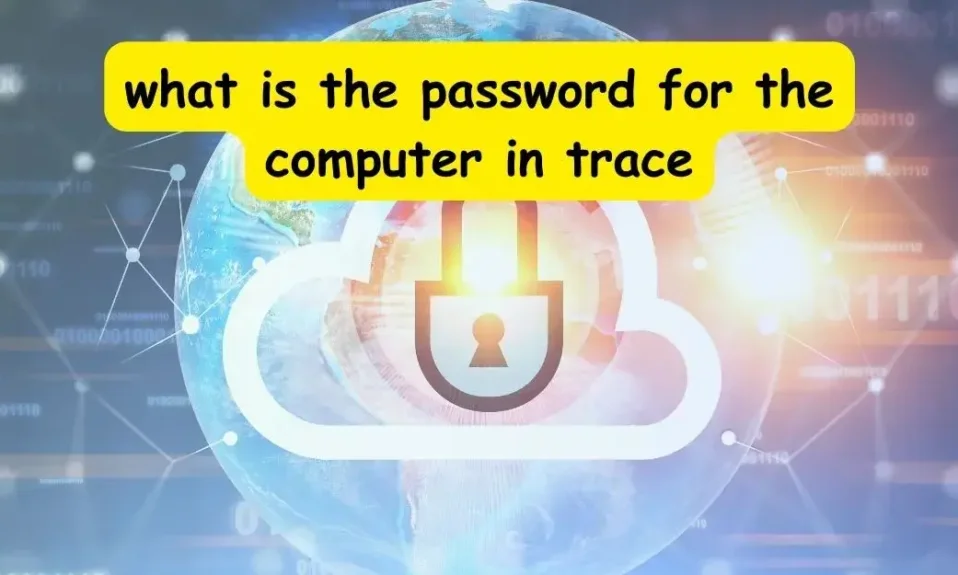
For most of us, a mobile phone is a part of our lives, but I’m sure such questions always struck your mind. How does a cell phone make a call? That is why there are several generations of mobile communications. Let’s study the technologies behind mobile communications. When you talk on your phone,your phone’s microscope caught your voice. Using a mems sensor and an ice, the microphone turns your speech into digital signal. The digital signal contains your speech in the form of zeros and ones.
Communication Through Mobile:
An antenna within the phone collects these zeros and ones and broadcasts them in the form of electromagnetic waves. Electromagnetic waves transfer the zeros and ones by adjusting the wave parameters such as the amplitude, frequency, phase, or combinations of these. For example,by employing low and high frequencies frequency 0, and 1, sent . So if you could discover a means to transfer these electromagnetic waves to your friend’s phone, you would be able to establish a call. However, electromagnetic waves are incapable of traveling long distances because they lose their strength due to the presence of physical objects, electrical equipment, and some environmental factors.

Environmental factors of Mobile Phone:
In fact, if there were no such issues, electromagnetic waves would carry on forever due to the earth’s curved structure to overcome these issues.Principle of cellular technology introduces cell towers.
Cellular technology:

The Technology which divides a geographic area into hexagonal cells. Each with its own tower and frequency slot. These cell towers generally connected through wires, more optical fiber cables. These optical fiber cables lay on the ground or in the ocean to avail national or international connectivity. The electromagnetic waves created by your phone are pick up by the tower in your cell. And turned into high-frequency light pulses.
These light pulses carried to the base transceiver box located at the base of the tower for further signal processing. After processing, your voice signal routed towards the destination tower. which receives the pulses and radiates those outwards in the form of electromagnetic waves. Your friend’s phone then receives this signal. which goes through a reverse process, and your friend hears your voice. But, there is a big issue that left unanswered. Mobile communication is only successful. when your tower sends the signal to your buddy’s tower. Although how does your tower know in which cell tower region your friend located? Well, during this operation. The cell tower receives support from something called a mobile switching center.
Mobile Switching Center (MSC):
The MSC is the focal point of a collection of cell towers. Before proceeding forward, let’s discuss more about the MSC.In a particular MSC, All the subscription information recorded. when you get a sim card. This MSC will be your home MSC. The home MSC holds information such as service plans. If you move outside the range of your home MSC, the new MSC that serves you instead known as a foreign MSC.You enter a foreign MSC territory, which it communicates with your own MSC. In brief, your home MSC always knows which MSC region you are in. When a subscriber is inside the MSC region, it employs a several approaches to establish your present position and your activity status. One method is to update the subscriber locate after a given period. When the phone reaches a specified number of towers.
Location update:

The location update again done. The final one of them is when the phone turn on. Let’s try to grasp all these strategies using an example. Suppose Emma wants to call John. When Emma phones John’s number, the call request arrives at Emma’s apartment. Upon acquiring John’s number, the request will forward to John’s house. Now John’s MSC checks for his current When John is at his house. The call request will sent to his current cell location. And it will check if John engage on another call or if his mobile turned off. If everything is positive, John’s phone will ring and the call will connected electromagnetic waves. Yet, if John is not at home, the MSC relays the call request to the foreign MSC. The foreign MSC will follow the before outlined process to discover John’s phone. And will then begin the call. Now let’s explore why.
Frequency spectrum:

The frequency spectrum is highly significant in mobile phone communications for transmitting zeros and ones in digital communication. Each subscriber allot a frequency range. Yet, the frequency spectrum accessible for cellular communications restrict. There are billions of customers. This issue is overcome with the aid of two technologies.
- Frequency slot distribution:
First, a technique Different cell towers assigned frequency slots.
2. Multiple access techniques:
In the many access technique. This frequency slot distribute amongst all the active users in the cell area.
Mobile Generations:
The big question now is why there are different generations of mobile phone technologies.

1G initially allowed users to carry a phone without a cable attached for the first time, but 1G suffered from two major issues. The wireless broadcast was in analogue format, which was the first issue.External sources altered analog signals and they provide poor voice quality and poor security . The second problem was that it used the frequency division multiple access technique, which uses the available spectrum in an inefficient way. These factors paved the way for the second generation of mobile communications.
2G,2G employed digital multiple access technologies, such as TDMA or CDMA. The second generation also introduced revolutionary data services like SMS and internet browsing.
3G, The goal of 3G technology was to provide faster data transfer rates. It used a wide-area distributed multiple access technique along with an increase in bandwidth to achieve this. The 3G speed of 2 mbps allowed data transfer for purposes such as GPS, voice calls, and so on.3G greatly aided the transition from the basic phone to the smart phone and electromagnetic waves
4G, Arrived, with speeds of 20 to 100 mbps. High-definition movies and television might use.This faster speed made achievable due to multiple access technologies of MIMO and OFD. MIMO uses multiple transmitters and receiver antennas inside both the mobile phone and the towers. The next generation of mobile communication,
5G, 5G network uses improved MIMO technology. To enable the internet of things, including autonomous cars and smart homes, it will offer seamless connection.

Do you want to know how a touchscreen operates Works?
Please check out the Next Blog.
Please don’t forget to subscribe to Learn Technology Related Post and your support at ewebgod.com is valuable.













1 Comment